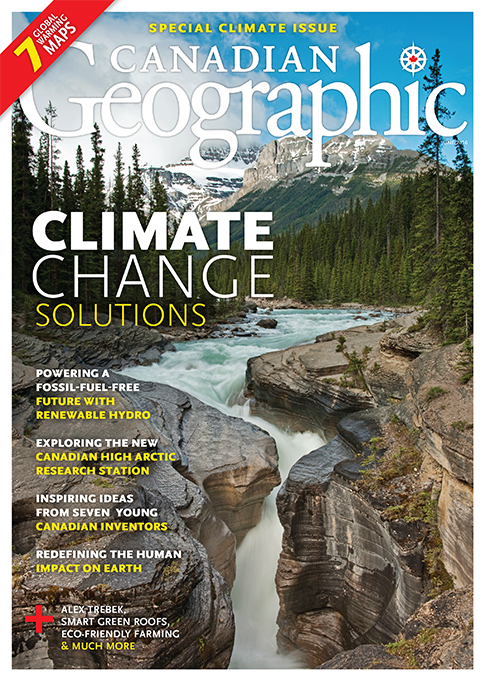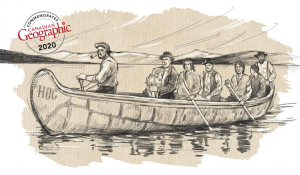
Environment
Eco-friendly paper
Five eco-friendly products used around the world to create paper
- 422 words
- 2 minutes
This article is over 5 years old and may contain outdated information.
History

When digital media began its inexorable rise, pundits whispered prophesies of a paperless society. But this reality has yet to materialize, and in the meantime, trees are taking the hit.
Pulp and paper is one of Canada’s biggest industries and relies heavily on the boreal forest. “Wheat sheet” – paper made from wheat straw that would be otherwise wasted – could lighten the load.
In 2008, Canadian Geographic published their June issue on paper that was about 20 per cent wheat straw. In the hand, it felt no different from usual. The message was clear: high-quality, magazine-grade paper could be made from a mix of fibres, including agricultural waste, of which Canada has plenty (agriculture being another major industry in the country).
Ironically, the paper used in the issue was imported from China. At the time, Canadian papermakers were reluctant to mix wheat pulp into their recipe. But as more companies work to increase their environmental sustainability, the call for straw-based paper is getting louder. Unfortunately no one in Canada is filling the demand. A new initiative aims to change that.
YIMBY! (Yes, In My Backyard!) is searching for farm communities in the wheat, rye, flax and sorghum belts of Canada and the United States to become trailblazers in this new production sector.
Canada produces approximately 20 million tonnes of unused wheat straw, which could be made into enough paper for 20 million magazines.
The program (created by Canopy, which works to increase the sustainability of the forestry industry) will help communities, investors and mills connect with each other faster, thereby creating a win-win solution that provides more income to rural communities and affordable quality paper for businesses.
Nearly a decade ago, Canadian Geographic’s then editor-in-chief Rick Boychuk wrote “The next time we print on a wheat sheet, we want the straw to be purchased from Canadian farmers and pulped in a Canadian mill.”
That wish could soon become reality.
Think your community is perfect for such a green development? Canopy invites you to fill out an information portfolio to nominate your community as a potential mill site.
Are you passionate about Canadian geography?
You can support Canadian Geographic in 3 ways:

This story is from the June 2016 Issue

Environment
Five eco-friendly products used around the world to create paper

Science & Tech
With Canada set to ban single-use plastics by 2022, products made of cellulose — a major component of plants — could be the ideal alternative

History
A look back at the early years of the 350-year-old institution that once claimed a vast portion of the globe

History
When did aerial photography first emerge, and what’s happened in the years since?